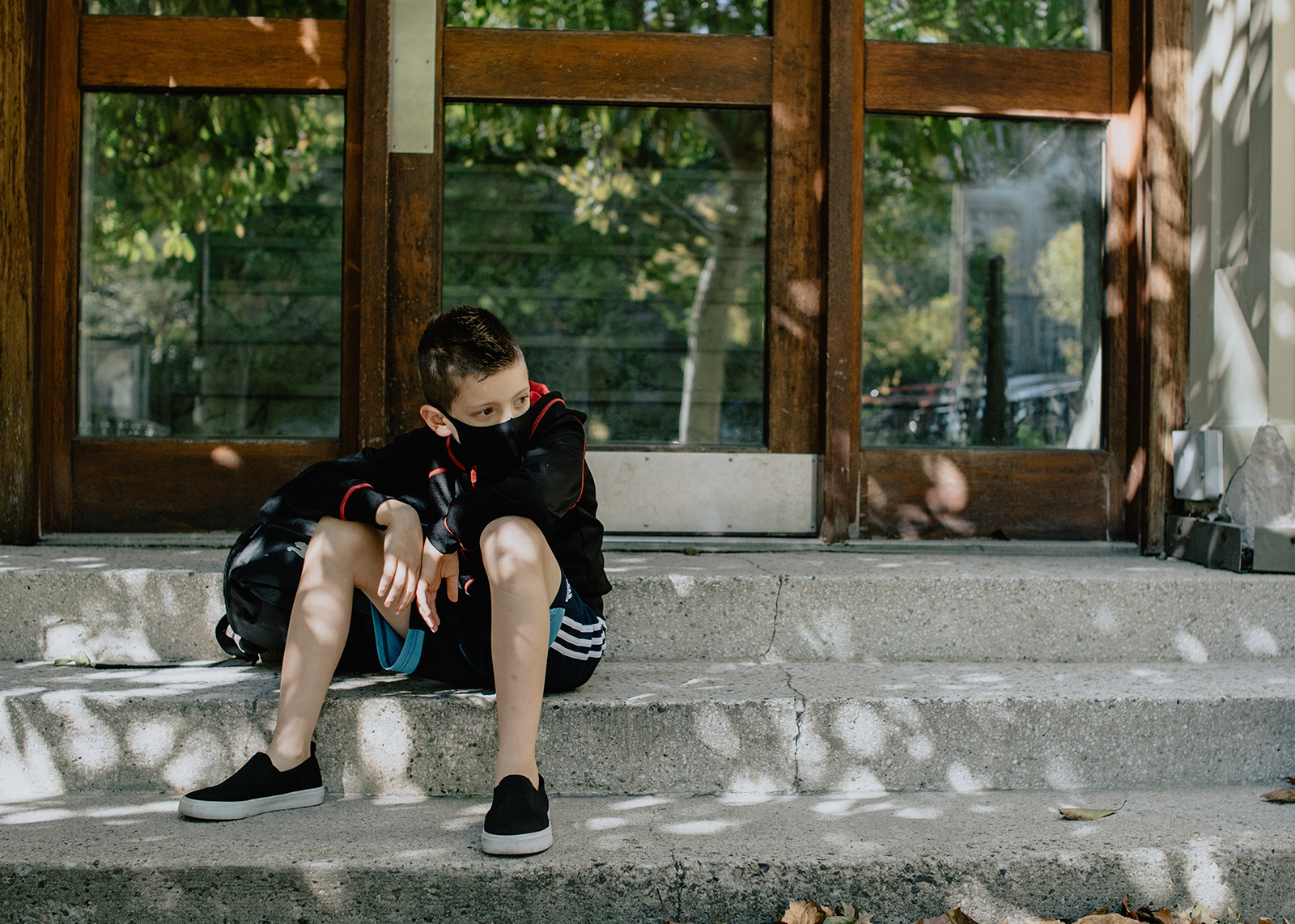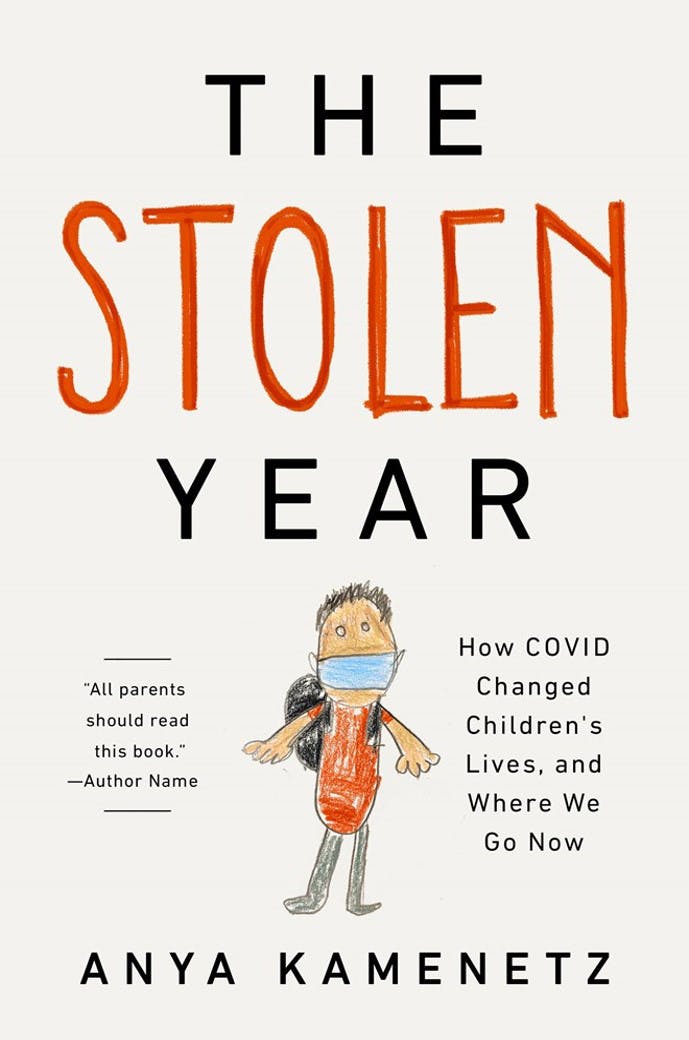
If you think you’ve heard everything about COVID, take a look at "The Stolen Year" for even more intriguing insights on the pandemic’s effect on children. Anya Kamenetz, an education journalist for NPR, followed national trends and several families through 2020 and 2021. In this book she tells their stories, illuminates our nations’ failures, and exposes the historical legacies behind them.
 Besides loss of life, COVID was “a time of quarantine, an economy that crumpled like a paper cup, limited in-person school and childcare, fear, anxiety, grief, soul-crushing monotony, traumatic levels of stress, and isolation.” Fortunately, children were less vulnerable to the disease, but even so, hundreds of U.S. children died and nearly 200,000 were orphaned or bereaved. All children were affected by school closures, and to many this meant more than a simple change to remote learning. "The Stolen Year" focuses on how public schools function as safety nets for many overlooked and underserved children in a country without organized daycare, food programs and healthcare.
Besides loss of life, COVID was “a time of quarantine, an economy that crumpled like a paper cup, limited in-person school and childcare, fear, anxiety, grief, soul-crushing monotony, traumatic levels of stress, and isolation.” Fortunately, children were less vulnerable to the disease, but even so, hundreds of U.S. children died and nearly 200,000 were orphaned or bereaved. All children were affected by school closures, and to many this meant more than a simple change to remote learning. "The Stolen Year" focuses on how public schools function as safety nets for many overlooked and underserved children in a country without organized daycare, food programs and healthcare.
When public schools closed, Kamenetz writes, “the US lost its largest, most robust piece of public infrastructure.” Schools are our second-biggest anti-hunger program after SNAP (Supplemental Nutrition Assistance Program). Almost 30 million children depend on free or reduced-price school meals, which can include breakfast, lunch, dinner and summer meals. “Closing schools is nothing like closing restaurants, gyms, or offices. In a country as unequal as ours, with so many children in need, it is more like closing hospitals or soup kitchens.” In addition, as those restaurants, gyms, and offices reopened, schools largely remained closed, failing to provide vital structure for children and families.
We’ve heard stories of teachers who made heroic, inventive efforts with online education, but it wasn’t enough for children without access to wi-fi, a quiet space for study, and a supportive caretaker to help. Even children with these advantages found remote learning harder. Working independently for long periods is more of an adult skill and doesn’t provide the social learning kids need to stay motivated. Although some kids thrived, pursuing new interests and bonding with their families, their schools weren’t equipped to recognize or credit these activities. And for LGBTQ children and teens rejected by their families, the pandemic proved especially dangerous.
Kamenetz examines how “for people of color in America, COVID-19 was a second pandemic on top of the preexisting pandemic of racism.” Latinx, Native American, and Black people were more likely to work in lower-paid “essential” jobs, and more at risk from COVID; children of color felt the economic and emotional toll. Public education should serve as an equalizer for all, but disadvantaged children fell further behind as the pandemic wore on.
Children with disabilities suffered from lack of in-person learning and therapies; those with emotional stress needed direct social connections and support. Nationally, we saw increased depression, anxiety, ADHD and OCD among children and teens during the pandemic. The author even found a connection between children constantly seeing themselves on Zoom screens and negative body image leading to eating disorders. In normal times, our lack of national mental health care means a long wait for treatment after diagnosis; the pandemic only lengthened the delay.
The author also illuminates “child taking as a form of terrorism,” a method used throughout history, from slavery, to Native American boarding schools, to institutionalizing children of poor parents and selling them away on orphan trains, to taking children from parents at the US border. For me, seeing how current inequalities in education connected to historical injustices was the most hair-raising and fascinating part of the book. We tend to forget how few generations back these events were, and how they still resonate today.
Kamenetz writes that she intended her book to be “restorative justice or therapy” to the children and teens from around the country who suffered most from the pandemic. Whether you experienced COVID as a parent or educator, or not, this book offers an absorbing look at how our children lived through these days.
Book Review by Jan Hardy, Library Specialist
